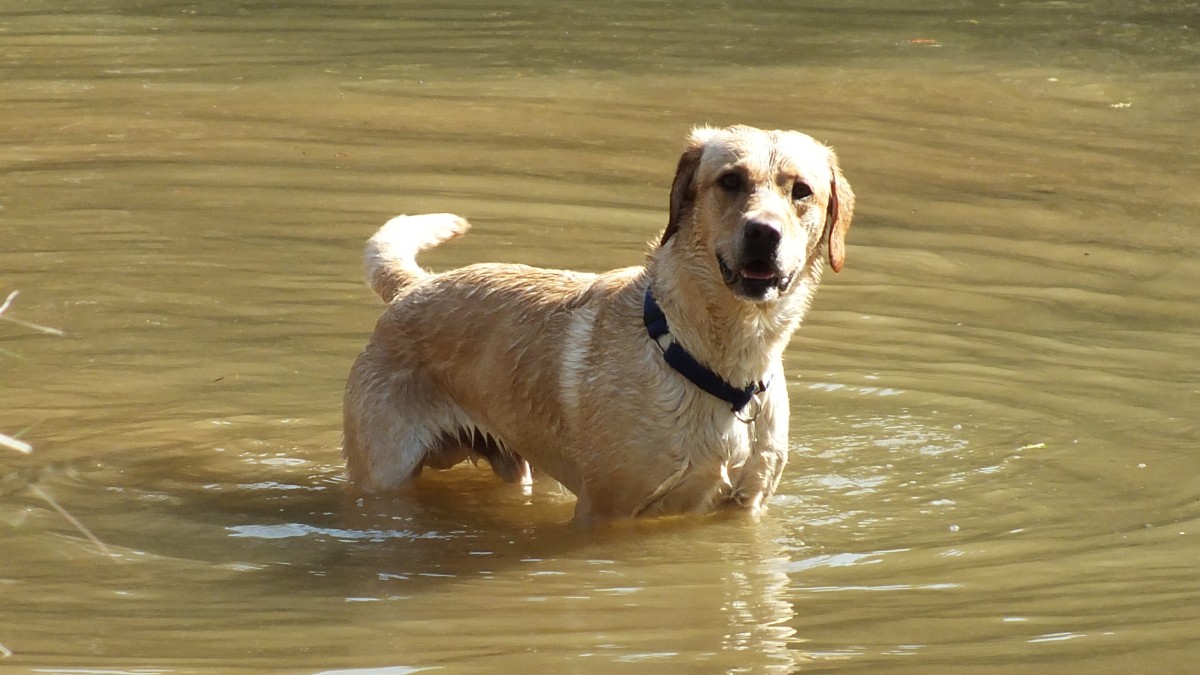Training Tips for Adolescent Dogs

Adolescence is a challenging yet crucial period for training your dog.
Training Tips for Adolescent Dogs
Adolescence is a challenging yet crucial period for training your dog. Their changing bodies and minds can lead to increased curiosity, sensitivity, and risk-taking behaviours. Here are some tips to help you navigate this phase effectively:
1. Stay Consistent with Training
Keep reinforcing the basic cues your dog has already learned. Adolescents often test boundaries, so maintaining consistent expectations helps them understand what's expected.
Use short, fun training sessions to keep them engaged. Adolescents have shorter attention spans, so frequent but brief training is more effective.
2. Practice Patience and Positive Reinforcement
Reward the behaviours you want to see more of. Positive reinforcement is key to encourage good habits.
Avoid punishment, as it can lead to fear and mistrust. Instead, redirect unwanted behaviours towards more desirable actions.
3. Socialization and Controlled Play
Continue exposing your dog to new environments, people, and other dogs, but keep it controlled. Monitor interactions to ensure they’re positive and not overwhelming.
Introduce playmates when its right for your dog that match your dog’s energy and play style. Supervise play sessions and keep them short to prevent overstimulation.
4. Teach Impulse Control
Practice games like “it’s your choice, mouse down the hole” as well as engage disengage games and behaviours, to encourage good choices
5. Mental Enrichment
Provide puzzle toys, treat-dispensing balls, and scent games to stimulate their mind and keep them occupied.
Incorporate activities that encourage problem-solving, experimentation and thinking,
Allow your dog to partake in activities that mimic natural behaviours like foraging or sniffing.
6. Structured Exercise and Breaks
Regular exercise is essential but avoid overdoing it. Adolescent dogs need physical activity to burn off energy, but they also need downtime to rest and recover.
Incorporate sniff walks where they can explore the environment with their nose. It’s mentally stimulating and helps them relax.
7. Work on Recall
Adolescents may become more independent and less reliable with recall. Practice recall in various settings, starting with low-distraction environments and gradually increasing the difficulty.
Use high-value treats or toys as rewards/ reinforcers to make coming back to you valuable and encourage further good decision making.
8. Handle with Care
Be mindful of your dog's sensitivity to touch, especially during growth spurts. Practice gentle handling exercises and pair them with positive reinforcement to create a positive association.
Use rewards to make putting on a harness or collar a pleasant experience, especially if your dog has become sensitive to it.
9. Prevent Unwanted Behaviours
Manage the environment to prevent your dog from practicing undesirable behaviours. For example, use baby gates or crates to restrict access to areas where they might chew on furniture.
Redirect their attention to appropriate behaviours, like giving them a chew toy when they start to nibble on something they shouldn’t.
10. Focus on the Here and Now
Work with the dog you have in front of you. Adolescents change quickly, and what worked yesterday might not work today. Be adaptable in your approach.
Celebrate small wins and progress. Adolescence is a time of learning and growth, and it’s okay if things aren’t perfect.
Remember
This phase can be tough, but it’s temporary. With consistency, patience, and the right training approach, your adolescent dog will emerge as a well-mannered adult.
Categories: : Life Stages
 Sue Watkins
Sue Watkins 